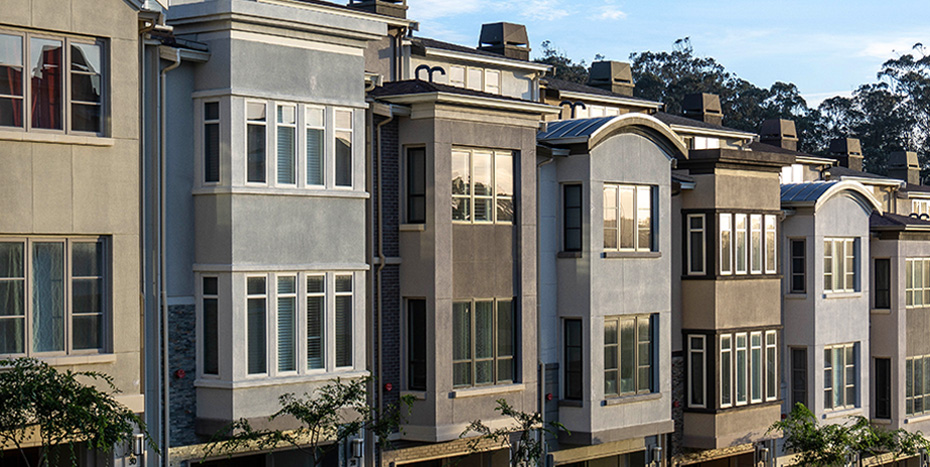HUD LENDING UPDATE
HUD MULTIFAMILY LENDING UPDATE: 2020 MAP GUIDE
HUD’s Office of Multifamily Housing Programs published an updated and restructured Multifamily Housing Accelerated Processing Guide (MAP Guide) at the end of 2020. The 2020 MAP Guide went into effect in March 2021.
HUD’s Map Guide establishes a national standard of policies and procedures for MAP-approved lenders to originate, prepare, underwrite, and submit loan applications for HUD-insured loans for multifamily properties. In addition, the MAP Guide provides guidance for HUD staff, lenders, third-party consultants, borrowers, and other industry participants.
The 2020 MAP Guide contains some significant changes that may impact HUD multifamily borrowers. In addition to making the three-year rule waiver permanent, updates include changes to the Green MIP program, project valuation calculations, and environmental testing.
KEY CHANGES TO MAP GUIDE
Making the 3-Year Rule Waiver Permanent
HUD eliminated its Section 223(f) three-year rule, which used to require borrowers to have three years of operations after new construction or substantial rehabilitation before refinancing through HUD. Now, recently constructed or rehabilitated buildings are eligible for refinancing after only one month of meeting debt service coverage requirements. The new policy will make HUD 223(f) loans available to borrowers much sooner than before.
Changes to Green MIP Program
The new guide changes how Mortgage Insurance Premium (MIP) reductions can be achieved for existing Green certified projects. Previously, multifamily borrowers could reduce their MIP to 25 basis points with the Energy Star certification, which will largely no longer be accepted. HUD granted a two-year grace period allowing properties less than three years old to use the Energy Star certification but with stricter energy performance requirements.
Going forward, owners seeking Green MIP reductions on existing projects will need to apply for another of the approved certification programs, such as NGBS or EarthCraft, which will require energy repairs resulting in utility savings of at least 15%.
Project Valuations
HUD is now allowing borrowers to leverage Cost Not Attributable (CNA) as well as 100% of land value on all 223(f) deals including market-rate properties. This critical change recognizes rapidly increasing property values and should lead to increased opportunities, particularly in urban markets where costs are high. In the 2016 MAP Guide, value limitations were in place for properties or land that were purchased within three years from the loan application. The new Guide eliminated those value limitations and now the standard is market value as supported by an appraisal.
Increased Radon and Asbestos Testing
The new guide calls for increased radon testing — requiring 100% of all ground-floor units, and 10% of upper units, to be tested in ALL radon zones. This is an increase from the 2016 guide which required only 25% of units on the ground floor to be tested. Asbestos testing is now required for properties built before 1989 versus 1978 which was in the previous guide.

